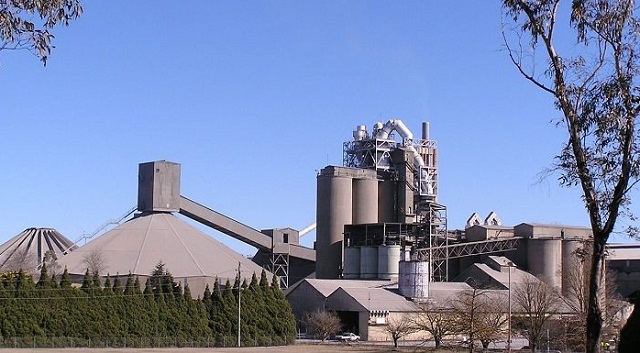
Kampala, Uganda | RONALD MUSOKE | Over the last few years, Uganda’s cement industry has drastically changed. Hima and Tororo Cement factories have undergone major upgrades while at the same time; there has been entry of new players – Simba and Kampala Cement. The Independent’s Ronald Musoke spoke to Hima Cement’s CEO Nicolas George about the industry’s growth opportunities ahead.
How would you describe the cement industry in Uganda today?
Uganda has been a market that initially was undersupplied, relying on local production but also imports. But since May or June, this year, the dynamic is completely different. There is now fair enough local capacity to feed the available demand. The country’s cement demand is about three million tonnes per year but the installed capacity is now about six million tonnes. Hima is producing about 0.9 million tonnes per year (Kasese plant) while the new grinding station in Tororo is set to produce 0.8 million tonnes which takes us to 1.7 million tonnes a year. We also have an extra 0.4 million tonne capacity in Namanve Industrial Park where we do blending of our products. That takes us to above two million tonnes of installed capacity.
What have been some of the factors that have seen the entry of new players and expansion of the old firms?
For the existing players, it was just a matter of following the market. There had not been any big investment in the past few years while the market was growing. So there was need for the local players, mainly Tororo Cement and us, to follow the growth and invest. And then from the outside, we had a market that was relying on imports and people believed in building extra capacity. The problem, (however), is that everybody has done it at the same time— as it always happens in many industries.
Why did Hima Cement find Tororo more attractive to set up the new plant yet the area is already crowded?
In the cement industry, you have two ways of producing cement; either you produce everything—from limestone to cement—which is what we have in Kasese. You could also import semi-finished products (clinker) and grind it with other materials like pozzolona to produce cement(grinding station). Unfortunately, there is not much limestone here in Uganda because we have been looking for it over the past decade. So, in order to increase capacity without the limestone that we need, the only option was to build a grinding station and import the raw material (clinker). But the pozzolona that we need to add comes from the Kapchorwa area in eastern Uganda. This is the reason we decided to invest in Tororo. But, we were already strong in the west of the country and we needed to build a position in the east. Commercially speaking, it made a lot of sense to invest in Tororo.
Interestingly, even with the rapid expansion and emergence of new factories, the local cement price has not noticeably gone down. What explains this paradox?
Actually, if you look keenly, the price has gone down. But you also need to understand that the majority of industries in Uganda are based on grinding stations which are importing semi-finished products. So, if the cost of this material goes up, the price in the Ugandan market definitely goes up. All the new factories are grinding stations and they import their clinker. So when the price of clinker goes up, the local price of cement goes up. So we have exposed the local cement industry to the international price dynamics of clinker.
So, if Uganda has more than enough cement, why are we still importing cement from abroad?
I have seen this in many Ugandan newspapers; that the Chinese are still exporting to Uganda; that there is cheap cement coming in, but let us be clear; there are no more cement imports into Uganda. I think the volume of cement from abroad is extremely minimal as of June, this year. The problem is absolutely not import of cement anymore.
 The Independent Uganda: You get the Truth we Pay the Price
The Independent Uganda: You get the Truth we Pay the Price



